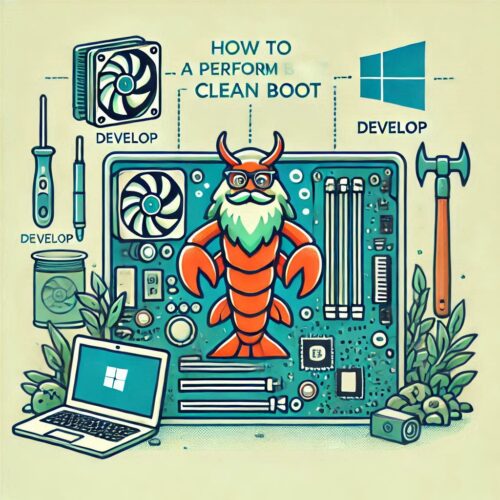Transferring Files from PC to PC is an indispensable task in our interconnected world. With the methods and tips outlined in this guide, you can confidently choose the most suitable approach for your specific needs, whether it’s a direct USB connection, a wireless transfer, LAN sharing, cloud storage, or specialized software solutions.
Whether you’re sharing documents, photos, videos, or other data, knowing how to transfer files efficiently and securely is essential. Fortunately, there are various methods available to transfer files from one PC to another, each with its own unique strengths.
The Ultimate Guide to Transferring Files from PC to PC: Methods and Tips
In this exhaustive guide, we will explore a plethora of techniques for transferring files between PCs. We’ll cover traditional methods like USB transfers and LAN connections, delve into wireless options, discuss online solutions, and even touch on specialized file transfer software. Whether you’re a novice or an experienced user, you’ll find the right method to suit your specific needs.
Traditional Methods of PC-to-PC File Transfer
1 USB transfer
- USB drives and external hard drives are versatile tools for transferring files between PCs.
- We’ll provide step-by-step instructions on how to use USB devices for file transfers, highlighting the benefits and potential limitations.
2 Ethernet cable transfers
- Ethernet cables offer a fast and direct connection for PC-to-PC file transfers.
- You’ll learn how to set up an Ethernet connection and leverage its speed advantages for moving large files between computers.
Wireless File Transfer
1 Wi-Fi Direct
- Discover the convenience of Wi-Fi Direct, a wireless method for transferring files between PCs and other compatible devices.
- We’ll guide you through the process of enabling and using Wi-Fi Direct on your PCs.
2 Bluetooth File Transfer
- Learn how to use Bluetooth technology to transfer files between paired PCs.
- We’ll explore the capabilities and limitations of Bluetooth for file transfers, along with best practices.
3: Near Field Communication (NFC)
- Delve into the world of NFC technology and how it simplifies file transfers between NFC-enabled PCs.
- We’ll provide practical scenarios where NFC can be a convenient option.
Local Area Network (LAN) File Transfer
1 LAN Setup
- LAN connections offer high-speed file transfers within your local network.
- Gain insights into LAN setup, including IP addresses, subnet masks, and workgroup settings.
2: Windows File Sharing
- Discover the power of Windows’ built-in file sharing features for seamless LAN transfers.
- Learn how to enable file and printer sharing and access shared folders.
Online File Transfer Solutions
1 Cloud Storage Services
- Explore the world of cloud storage services like Google Drive, Dropbox, and OneDrive for online file sharing.
- Understand the benefits of cloud storage, including accessibility and synchronization across devices.
2 email attachments
- Learn the art of sending files as email attachments for quick transfers between PCs.
- We’ll discuss the limitations of email attachments and offer tips for efficient transfers.
Specialized File Transfer Software
1 FTP (File Transfer Protocol)
- Uncover the fundamentals of FTP and how to set up an FTP server on one PC for file transfers.
- Get acquainted with popular FTP client applications to streamline your transfers.
2 Third-Party File Transfer Tools
- Explore specialized file transfer tools and applications designed for seamless PC-to-PC transfers.
- We’ll compare different software options and their unique features to help you choose the right one.
Security and privacy considerations
1: Protecting Your Files
- Prioritize the security of your transferred files by learning about encryption and password protection.
- Discover how to secure your file transfers to prevent unauthorized access.
2 Privacy Concerns
- Address privacy concerns related to online file transfers and cloud storage solutions.
- Explore tips for maintaining data privacy during transfers, including file encryption and user access controls.
Troubleshooting and tips
- Common File Transfer Issues: Troubleshoot common problems that may arise during PC-to-PC file transfers, such as slow transfers, connectivity issues, and file format compatibility.
- File Organization and Management: Enhance your file management skills by adopting best practices for organizing and managing transferred files.
By understanding the strengths and limitations of each method and prioritizing security and privacy, you can ensure that your file transfers are efficient, secure, and trouble-free. Whether you’re sharing work-related documents, cherished personal photos, or critical data, mastering the art of PC-to-PC file transfers is an essential skill in the digital age.




